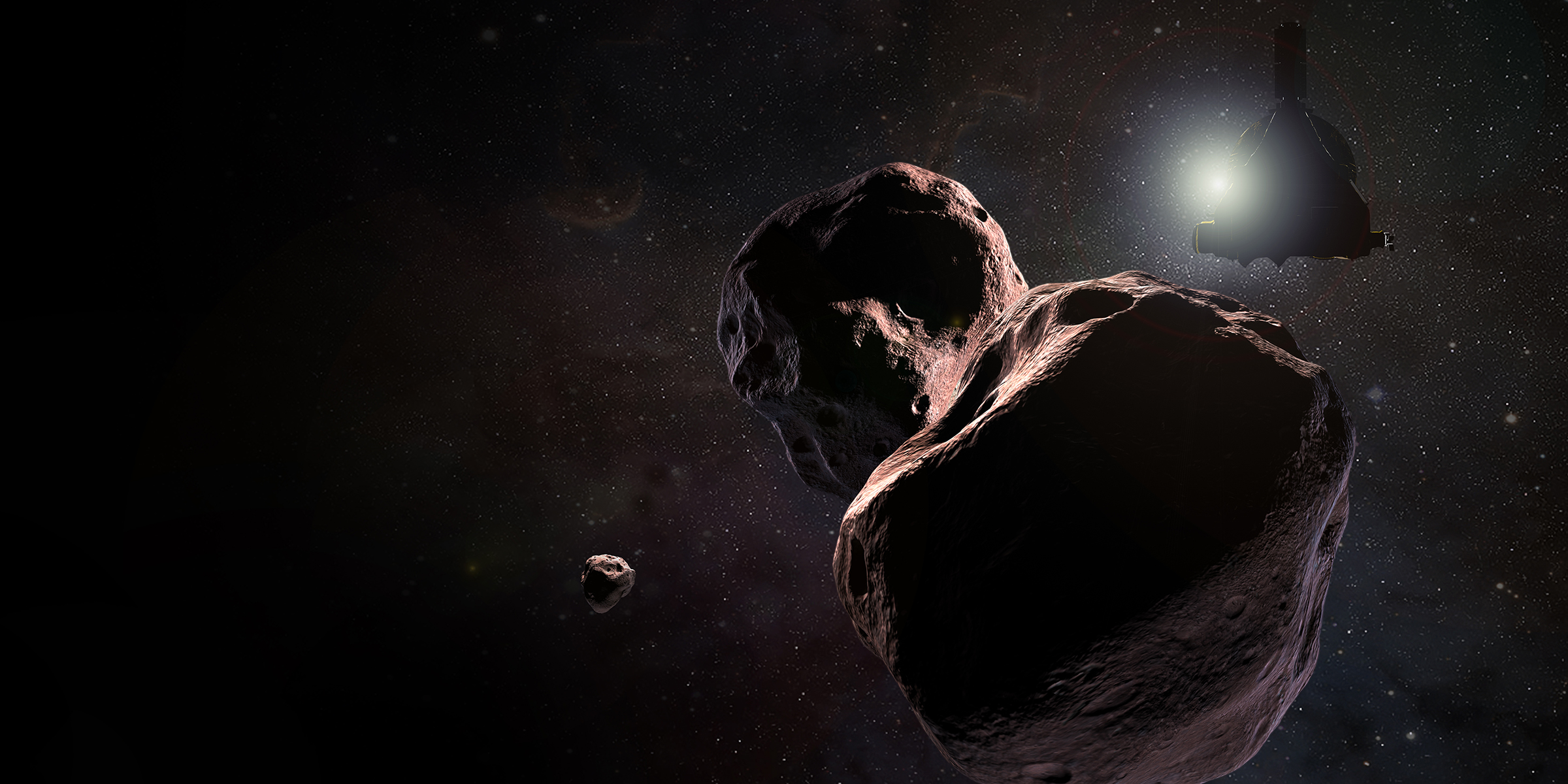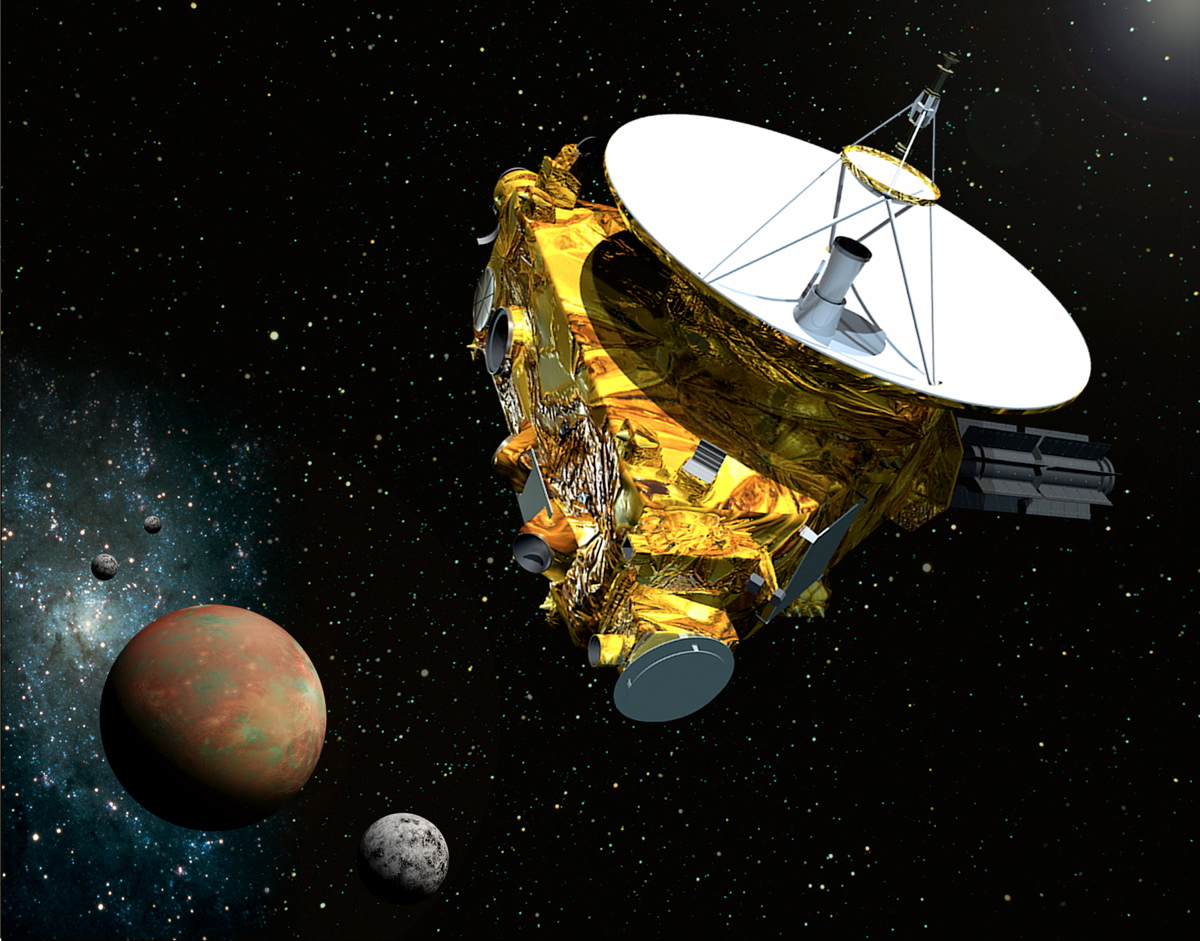New Horizons Spacecraft Wakes Up to Prepare for Historic Flyby of Distant Object

NASA's New Horizons spacecraft has woken up from hibernation to prepare for a historic New Year's Day flyby at the edge of our solar system.
The New Horizons probe, which flew by Pluto in July 2015, has been in hibernation mode since Dec. 21 to preserve resources. But, on June 5, the mission operations team at Johns Hopkins Applied Physics Laboratory received confirmation, through NASA's Deep Space Network, that the spacecraft had exited hibernation, as it was programmed to do.
The spacecraft will now begin preparations for a New Year's flyby encounter with the farthest planetary encounter in history. The spacecraft is currently traveling more than 3.7 billion miles (6 billion kilometers) from Earth through the icy band of debris surrounding the solar system beyond Neptune called the Kuiper Belt, and it will spend the upcoming months preparing for its encounter with a small Kuiper Belt object, nicknamed Ultima Thule. [New Horizons' Dramatic Journey to Pluto Revealed in New Book]

"Our team is already deep into planning and simulations of our upcoming flyby of Ultima Thule and excited that New Horizons is now back in an active state to ready the bird for flyby operations," the mission's principal investigator, Alan Stern, of the Southwest Research Institute in Boulder, Colorado, said in a statement.
Over the first three days that New Horizons is awake, the mission team will send the first of many commands to the spacecraft's onboard computers. Next, the team will update the craft's memory, retrieve science data about the Kuiper Belt and complete a series of systems checks. These initial steps will last approximately two months, and flyby operations and distant observations of Ultima will begin in late August, according to the statement.
Ultima Thule, officially named 2014 MU69, is a world that orbits approximately a billion miles beyond Pluto. Ultima Thule was chosen as a nickname for this object, with public input, because it means "beyond Thule," or beyond the edge of the known world. The name signifies just how extraordinary this flyby will be, as it will be beyond anything humans have ever before accomplished.
Email Chelsea Gohd at cgohd@space.com or follow her @chelsea_gohd. Follow us @Spacedotcom, Facebook and Google+. Original article on Space.com.
Get the Space.com Newsletter
Breaking space news, the latest updates on rocket launches, skywatching events and more!
Join our Space Forums to keep talking space on the latest missions, night sky and more! And if you have a news tip, correction or comment, let us know at: community@space.com.

Chelsea “Foxanne” Gohd joined Space.com in 2018 and is now a Senior Writer, writing about everything from climate change to planetary science and human spaceflight in both articles and on-camera in videos. With a degree in Public Health and biological sciences, Chelsea has written and worked for institutions including the American Museum of Natural History, Scientific American, Discover Magazine Blog, Astronomy Magazine and Live Science. When not writing, editing or filming something space-y, Chelsea "Foxanne" Gohd is writing music and performing as Foxanne, even launching a song to space in 2021 with Inspiration4. You can follow her on Twitter @chelsea_gohd and @foxannemusic.









